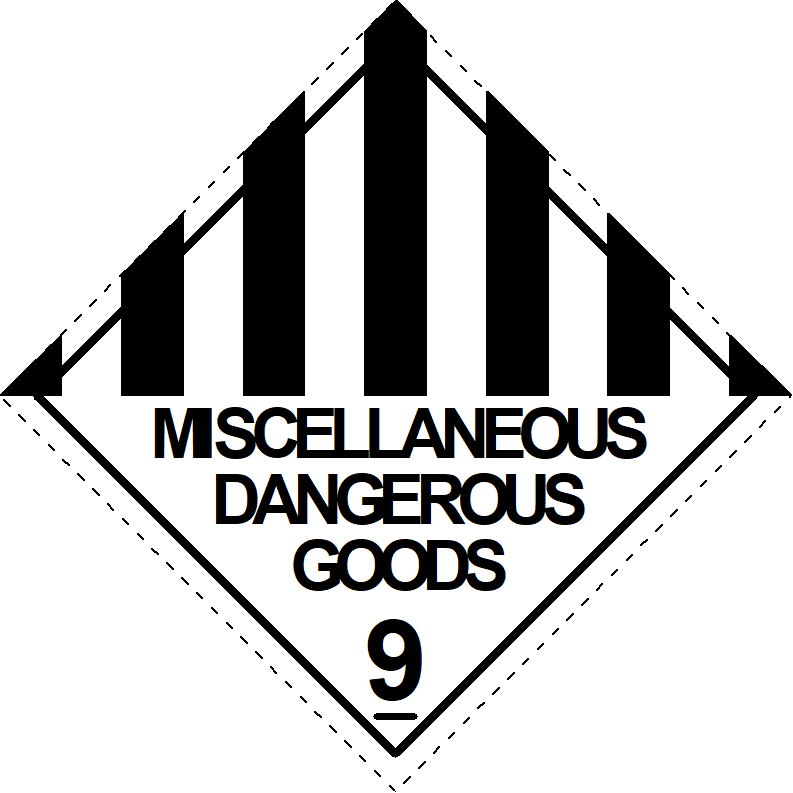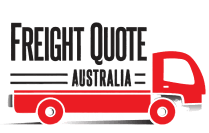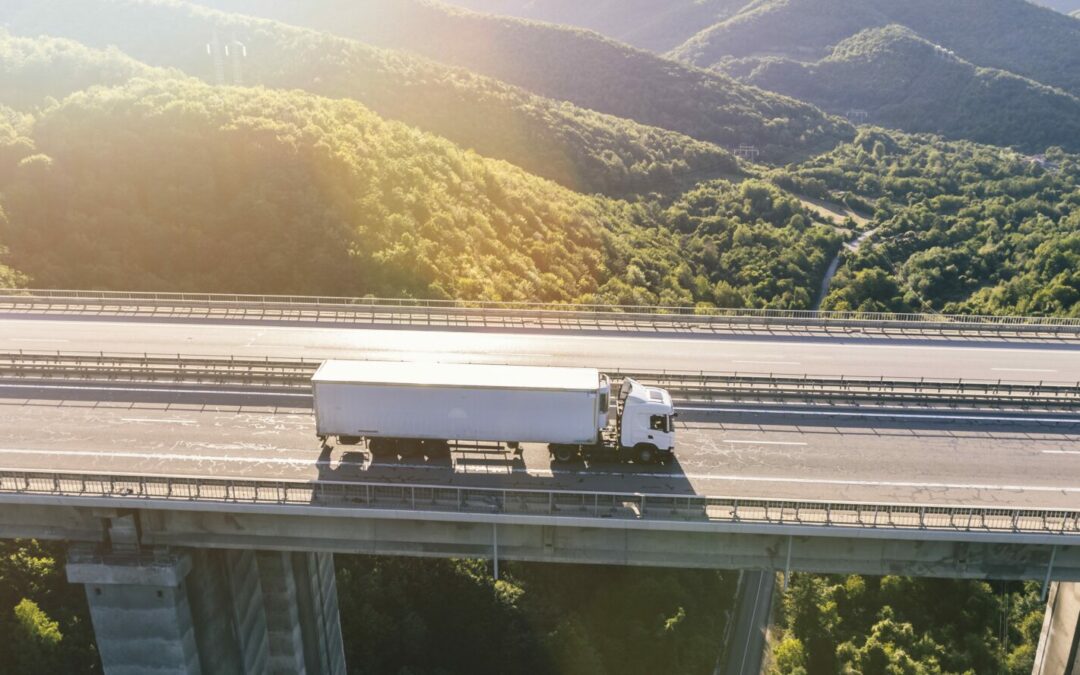Transporting dangerous goods requires careful attention to safety, compliance with regulations, and adherence to best practices. In Australia, Class 9 Dangerous Goods encompass a wide array of substances, goods, and articles that do not fall into the other categories.
What are Miscellaneous Dangerous Goods?
Class 9 Dangerous Goods are those hazardous substances, goods, and articles that cannot be categorised under the specific classes outlined for other dangerous goods. These materials possess certain properties that could pose risks to human health, safety, property, or the environment during transportation. Some common examples of Class 9 Dangerous Goods include dry ice, asbestos, a known carcinogenic material once widely used in building materials, and environmentally hazardous substances that could harm ecosystems if not handled properly.

Regulations for Class 9 Dangerous Goods Transportation
Transporting Class 9 Dangerous Goods in Australia is subject to strict regulations to ensure safety and environmental protection. The primary regulatory body overseeing the transportation of corrosive substances and articles in Australia is the Australian Dangerous Goods Code (ADG Code). The ADG Code is a nationally recognised document that outlines the technical requirements for transporting dangerous goods by road and rail.
The ADG Code covers various aspects, including classification, packaging, labelling, placarding, and documentation requirements for each class of dangerous goods, including Class 9 Miscellaneous Dangerous Goods. It’s essential for all personnel involved in the transportation of dangerous goods to be familiar with and comply with the guidelines laid out in the ADG Code.
Additionally, the responsible regulatory body for overseeing dangerous goods transportation in Australia is the National Transport Commission (NTC). The NTC works collaboratively with state and territory regulators to develop and maintain the ADG Code and ensure its effective implementation across the country.
How to Transport Miscellaneous Dangerous Goods Safely
When dealing with Class 9 Dangerous Goods, safety should be the top priority. Proper storage and transportation practices are crucial to minimise potential risks and prevent accidents.
Packaging and Labelling
All Class 9 Dangerous Goods must be packaged appropriately in containers designed to withstand potential hazards during transportation. These packages should be clearly labelled with hazard warning labels, UN numbers, and other required markings to indicate the nature of the contents.
Handling Procedures
Training of personnel involved in the handling of dangerous goods is paramount. They should be well-informed about the properties of the materials they are dealing with and equipped with proper safety gear. The essential PPE (personal protective equipment) includes gloves to protect hands from chemical contact, safety goggles or face shields to shield eyes from potential splashes or airborne particles, a respirator to prevent inhalation of toxic fumes or dust, and appropriate protective clothing to minimise skin exposure. Keep in mind that the PPE required may differ depending on which Class 9 dangerous goods you are transporting.
Vehicle Requirements
The Class 9 dangerous goods transport company should use the correct vehicle. Following are some key factors to consider:
- Compatibility: The vehicle used for transporting Class 9 Dangerous Goods must be compatible with the specific goods being carried. It should be designed and constructed to hold the hazardous substances.
- Tankers and containers: Tankers and containers used for transporting liquids or bulk quantities should be constructed of appropriate materials that can withstand the chemical properties of the substances being transported. They should have tight-fitting closures to prevent leaks and spills.
- Markings and placarding: The vehicle should display appropriate markings and placards that identify the presence of dangerous goods and indicate the specific hazards they pose. These markings help emergency responders and others quickly identify the potential risks if an accident occurs.
- Emergency response equipment: Vehicles transporting Class 9 dangerous goods must be equipped with appropriate emergency response equipment. This includes spill kits, absorbents, containment devices, and fire extinguishers suitable for the types of goods being carried. Having these items readily available allows for quick containment and response in the event of a spill or accident.
- Ventilation and temperature control: Some Class 9 dangerous goods may require specific ventilation or temperature control to maintain their stability during transportation. Vehicles should be equipped with the necessary ventilation systems or temperature controls.
- Inspections and maintenance: Regular inspections and maintenance of the transport vehicle are important to ensure it remains in good working condition and is safe for carrying dangerous goods. Any defects or issues should be promptly addressed and resolved.
Security
Transporters should be vigilant about security to prevent unauthorised access to dangerous goods during transit.
- Tamper-evident seals: Using tamper-evident seals is a smart way to detect and deter unauthorised access to the cargo. These seals provide a clear visual indication of any tampering attempts, allowing for quick action in case of security breaches.
- Controlled access management: It’s crucial to control who has access to the transport vehicle. Only trained and authorised personnel should be allowed near the dangerous goods to ensure proper handling and safety.
- Parking selection: When taking breaks or stopping, choosing secure and well-lit parking spots is a good idea.
- Regular communication: Keeping in touch with the company and relevant authorities throughout the journey is smart. This helps to report any unusual activities as soon as possible and ensures a quick response if needed.
- Emergency response preparedness: Providing personnel with adequate training and clear protocols for dealing with attempted theft or unauthorised access ensures an effective response.
- Route planning: Planning of safe routes can help minimise potential security risks. Avoiding areas with high crime rates and opting for well-established routes contribute to a safer journey. Also consider time of day (such as peak traffic hours) and the structural integrity of bridges and other infrastructure.
- Utilising tracking systems: Using advanced tracking systems allows real-time monitoring of the transport vehicle’s location, allowing transport companies to be aware of the location of the incident ASAP.
Emergency Response Planning
A comprehensive emergency response plan should be in place in case of accidents or spills during transportation. This plan must detail the steps to be taken to protect human health, the environment, and property in the event of a mishap. A plan usually includes information such as what the purpose of the plan is, emergency contacts, emergency procedures, evacuation plans, and equipment and resources used in an emergency.
Environmental Considerations
Transporters of environmentally hazardous substances must be particularly cautious. Proper containment measures should be implemented to prevent leaks or spills that could harm ecosystems. Do research on the specific environmentally hazardous substance you are transporting, as different dangerous goods will require different safety and preventative measures.
Documentation
Accurate and complete documentation is critical in the transportation of dangerous goods. This includes a dangerous goods transport document and other relevant paperwork required by the ADG Code.
Miscellaneous Dangerous Goods Transport
Transporting Class 9 Dangerous Goods, or Miscellaneous Dangerous Goods, in Australia requires strict adherence to regulations and best practices. The Australian Dangerous Goods Code (ADG Code) and the National Transport Commission (NTC) play important roles in overseeing and regulating the transportation of miscellaneous goods in the country. It is the responsibility of all parties involved, including shippers, carriers, and recipients, to work together in creating a safe transport environment for these hazardous materials.
Need to Transport Dangerous Goods in Australia?
There are strict limitations and guidelines to what, and how much of a dangerous material can be transported by a carrier, so be sure to declare the Dangerous Goods when requesting a quote online. Freight Quote Australia is able to arrange transport of most Dangerous Goods, however, we will require the UN number, Class, Packing Group, and Weight of the goods in order to quote and book your freight.
This information is general in nature and we accept no responsibility for consequences arising from the use or reliance on this article. If you are looking for a dangerous goods courier or need assistance transporting miscellaneous dangerous goods, please feel free to submit a Quote Request.

